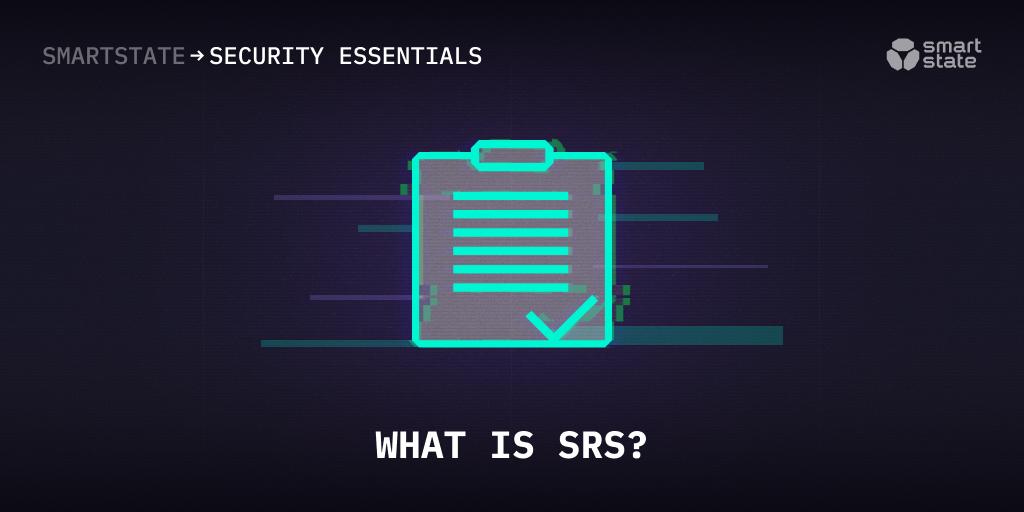What is SRS?
SRS (Software Requirement Specification documentation) is a type of document which describes how the software is required to be written. It includes an in-depth description of the system or software in question, which makes it different from the SyRS (System Requirements Specification), which only presents data with regards to the system or software requirements. It is usually made ‘once and for ever’. Different people are actually involved in writing such documentation, each of them taking care of their own part.
Why is it important?
SRS is supposed to be a document the user or developer would address many times from the get-go. And there are a number of reasons for that.
- SRS creates a kind of ‘basis’ for all other documents, giving them a clear structure and preventing a situation when the greater picture of the project is replaced by many separate files which do not fit a single framework.
- SRS sets up communication in a clear and understandable way. The broad range of questions discussed when writing SRS allows the developers to resolve any and all misunderstanding before a single line of code is actually written.
- SRS offers better product understanding. Usually users and developers see the same project differently, and in the end both parties may end unsatisfied. SRS helps them to share the same perspective.
- SRS enhances development standards. Everyone involved understands the project clearly and sees the standards they must follow.
- All risks are covered. With a readily understandable list of all the project’s features, it is possible to predict what might go wrong at each stage. It helps to estimate budgeting and time correctly and take possible risks into account.
- SRS helps everyone involved in the development process to set their priorities straight, it brings financial and technical aspects together, keeping all the parties updated.
Goals of SRS
Well-written software requirements specification documents help to achieve a lot of goals. These are the most important:
- It delivers feedback to the customer and helps to understand what issues tech partners have to solve and how to address these issues.
- It helps to split a greater issue into smaller parts or components by putting down particular requirements.
- It helps to speed up testing and validation processes.
- It includes vital aspects which help to understand the projects deeper and deliver design solutions thereupon.
How is SRS written?
Writing good SRS documentation takes several steps.
- Step 1. Communication with a stakeholder. At the first stage stakeholders are interviewed to find out their expectations and get to know the requirements, it gives a good start for the further research.
- Step 2. Discovery stage. At this stage the necessary explorations take place, when users’ possible problems can be identified and possible solutions for those issues can be found. The collected data eventually becomes a part of the SRS document, under either ‘User stories’ or ‘Use cases’. User stories are focused on the results and benefits for users in future, while Use cases refer to the intended functions of the end product.
- Step 3. Building the structure. At this stage the documents themselves come up. SRS contents differ, but all of them have more or less the same structure. It includes:
- Introduction (including short content description, intended document readers, the idea of software under development, intended use, business goals, the scope of the document and a list of acronyms and definitions)
- General description, where the main idea and target audience is described widely and detailed.
- System features and requirements (including functional and non-functional requirements and the ‘tech stack’, a pool of technical solutions, which are used to build and run the software).
- Step 4. Making a general description. At this stage an overview of the main features of the application is collected to explain its purpose, main features and solutions, which it offers for the user's needs.
- Step 5. Defining functional and non-functional requirements. It is a critical stage for writing SRS documentation, as long as its core contains functional (system specification, without which the system will not function as it must) and non-functional (explain how the system implements its features) requirements. Their description is given in a more detailed way to explain and guide readers through the project’s technical specifics.
- Step 6. Making sure the client is on the same page. At the final stage the approval of the client is received and all the agreements are reached.

